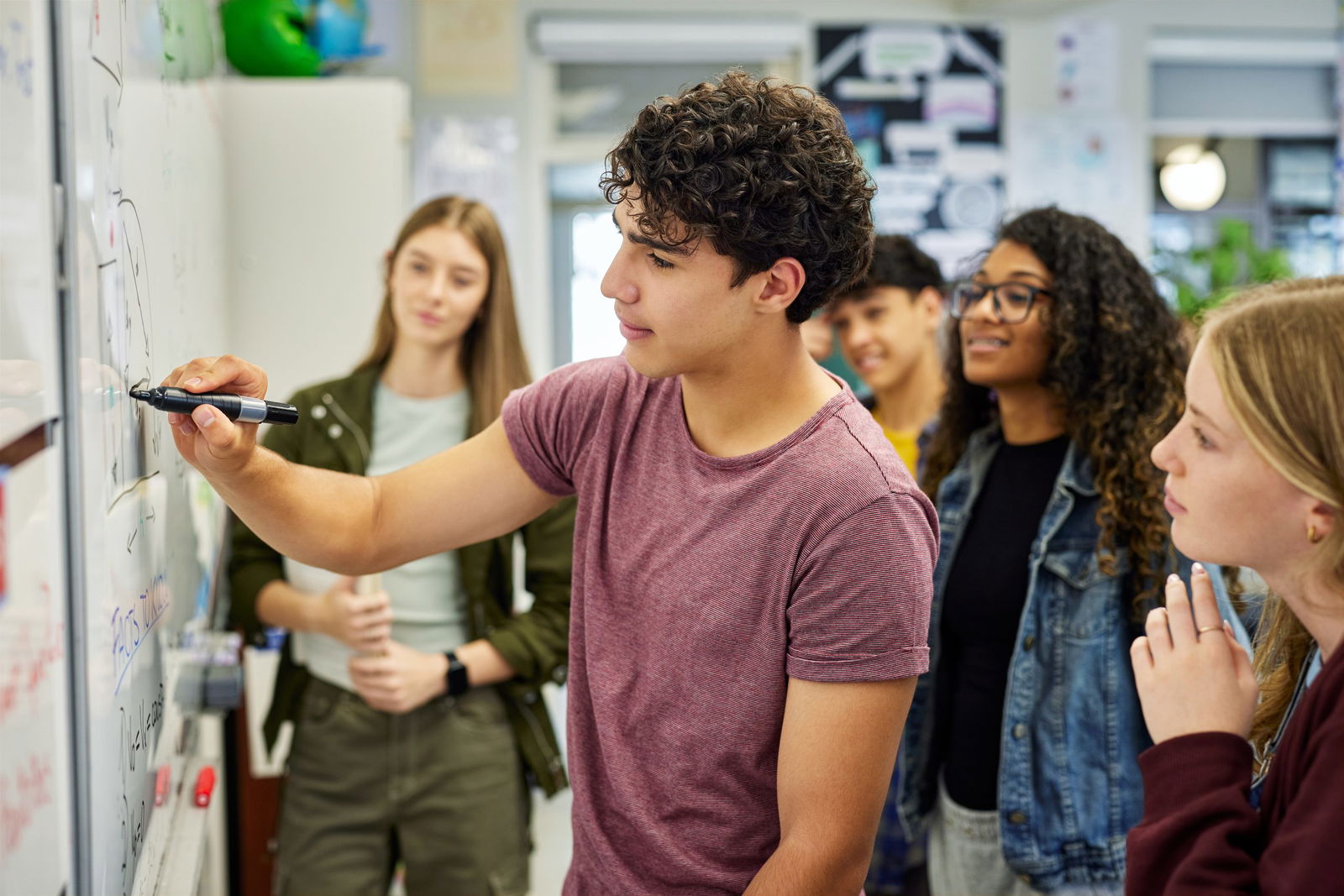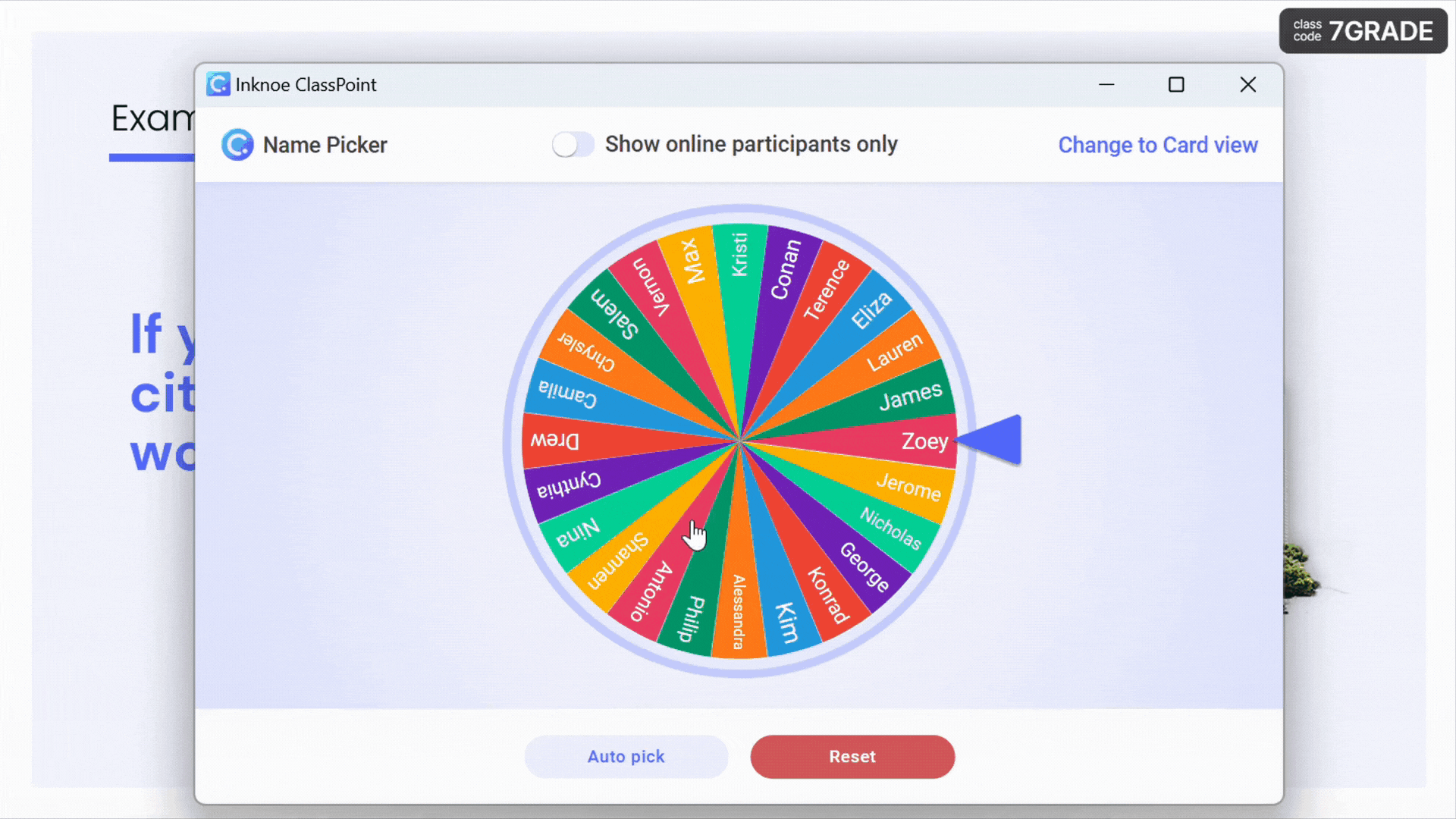Students today are being asked to do more learning on their own. Independent study, self-paced modules, and digital assignments have become the norm in many schools. While these give flexibility, they often leave students working in isolation, without the support and energy that comes from peers.
Teachers and schools are noticing the limits of this model. Progress stalls when motivation fades, and accountability is harder to build when every student is on a different track.
This is where cohort based learning becomes particularly helpful. By moving through lessons in groups, students share timelines, milestones, and reflection points. The collective progress creates momentum that is difficult to achieve alone.
This approach is no longer limited to higher education or online programs. Teachers are starting to run mini-cohorts inside middle and high school classrooms, using smaller groups to build collaboration and consistency. Technology makes it easier than ever to organize and manage these groups, ensuring no student is left behind.
In this blog, we will explore how cohort based learning works, why it is becoming a movement in education, and practical ways you can start using it in your own classroom.
What Cohort Based Learning Really Is
At its simplest, cohort based learning means a group of students move through a learning path together.
Cohort based learning involves careful design: shared deadlines, synchronized pacing, reflection points, and opportunities to discuss and help one another. The instructor’s role becomes one of guiding and facilitating rather than lecturing nonstop.
One benefit is deeper engagement. A recent study of graduate public health students found that participants in a cohort model reported feeling more connected to peers, more deeply engaged in assignments, and more able to develop critical thinking skills.
Another relevant insight comes from a study on classroom community during the COVID shift. In introductory mathematics and statistics classes, researchers discovered that a strong classroom community (which cohort structures help build) was linked to student persistence, especially for women and students of color.
Here is a simple table to compare “traditional independent learning” with “cohort based learning”:
| Feature | Independent / Self-paced | Cohort Based Learning |
|---|---|---|
| Start & pace | Students begin whenever and move at own speed | All begin together and follow shared pacing |
| Deadlines | Flexible, often individual | Shared deadlines and checkpoints |
| Support & interaction | Limited peer support; mostly instructor | High peer interaction, group reflection, shared support |
| Accountability | Depends on self-discipline | Built in via group expectations and mutual monitoring |
| Engagement | Risk of dropoff or isolation | More sustained engagement via shared experience |
When properly structured, cohort based learning blends structure and flexibility. It gives students certainty (they know where they’re headed) while preserving space for conversation, feedback, and peer learning.
In the next section, we will dig into why cohort based learning is gaining traction now, including what research shows, what challenges it addresses, and how it aligns with current classroom needs.
The Anatomy of a Cohort Classroom
A well-run cohort classroom is built on structure. Four elements make this model effective.

- Shared start and end points. All students begin at the same place and move toward the same goal. This makes progress clear and ensures no one drifts off on a separate track.
- Group milestones. Cohorts progress through checkpoints together, whether it is a quiz, project draft, or presentation. These milestones keep motivation high and prevent students from slipping behind.
- Active collaboration. Interaction is ongoing, not a one-off. Students discuss, review, and solve problems together, building deeper understanding and stronger communication skills.
- Reflection and feedback. Structured pauses for reflection and peer or teacher feedback help students process what they have learned and apply it more effectively in the next stage.
These are the foundations that define a cohort based classroom. In the next section, we will look at how teachers can put them into practice with specific ideas that help cohorts thrive day to day.
Building a cohort classroom is a process, as is adapting any other model. Here's a quick guide on What to Do When Student Collaboration Keeps Going Sideways.
Teacher’s Must-Dos in Making Cohorts Thrive
Cohort based learning only works when teachers set the right structures in place. Unlike traditional group work, cohorts require synchronization, visibility, and accountability. These six must-dos highlight the moves that make a cohort classroom thrive.
1. Design a synchronized calendar
Cohort based learning depends on everyone moving together. Teachers must plan a clear timeline with fixed start dates, checkpoints, and completion goals. Unlike self-paced setups, the calendar is the glue that binds the group.
Checklist for preparing a cohort calendar:
✅ Decide the start and end dates for the cohort
✅ Break the timeline into shared checkpoints or milestones
✅ Align tasks so that each week builds on the previous one
✅ Share the calendar with students in advance
✅ Leave room for reflection and feedback sessions
2. Anchor learning to visible milestones
Milestones in a cohort should be visible and celebrated. Making milestones public keeps the cohort momentum alive and reinforces the idea that progress is collective.
Ways to make milestones visible:
- Classroom progress charts that show group achievement
- Shared digital boards (Google Jamboard, Padlet, Figma)
- Peer presentations where groups share milestone work
- Celebration moments after each milestone (stickers, recognition, mini showcases)
3. Build interdependence into tasks
Cohort work collapses if tasks can be done individually with no consequence. Teachers must design activities where students rely on one another to succeed. The goal is not just collaboration, but interdependence.

Examples of interdependent activities:
- Jigsaw learning – each student learns a piece of content and teaches it to peers, making every member essential.
- Rotating roles – roles like leader, note-taker, and questioner change each session so responsibility is distributed.
- Shared problem-solving – groups tackle complex problems where one person alone cannot find the solution.
- Peer review chains – students review each other’s work in sequence, building cumulative improvement.
4. Establish public accountability
Cohorts thrive on accountability. Teachers should make group progress known to the whole class. When this happens, accountability shifts from teacher-to-student to student-to-student, which is a key difference from traditional instruction.
| Strategy | How it Works | Why it Builds Accountability |
|---|---|---|
| Progress walls | Groups update a visible chart or board | Everyone sees progress and gaps clearly |
| Cohort check-ins | Quick group presentations at set intervals | Builds responsibility to peers, not just teacher |
| Peer trackers | Students record contributions of members | Encourages equal participation and peer recognition |
5. Rotate leadership inside the cohort
To avoid default leaders carrying the group, assign rotating leadership roles. This distributes responsibility, teaches different forms of leadership, and ensures every student experiences ownership within the cohort.
Sample rotation cycle:
Leader ➝ Synthesizer ➝ Presenter ➝ Reflector ➝ Leader
- Leader – guides discussion, keeps group on track
- Synthesizer – summarizes ideas, makes connections
- Presenter – shares group work to class or teacher
- Reflector – evaluates process and suggests improvements
Each student cycles through all roles, ensuring balanced ownership.
6. Use data to keep cohorts aligned
Cohorts can drift if progress is not monitored. Teachers should use quick polls, low-stakes quizzes, or dashboards to track where students stand. Sharing this data with the cohort helps students see gaps and motivates them to close them together.
In the next section, we will explore the technology that makes it possible to collect this data seamlessly and keep cohorts moving as one.
The Modern Classroom: Technology’s Role
Running cohorts in a traditional classroom already requires careful planning. In today’s hybrid and digital classrooms, the challenge is even greater. Students may be in different locations, working on different devices, and balancing other demands. Without the right tools, it becomes hard for teachers to keep everyone aligned.
A few key ways technology supports cohorts:
- Shared timelines and reminders keep everyone on the same schedule, whether in-person or online.
- Collaborative workspaces allow students to contribute ideas, edit shared documents, and build projects together in real time.
- Instant feedback tools like quick polls, formative quizzes, or AI summaries help the teacher spot gaps and adjust instruction.
- Progress dashboards show both group and individual growth, reinforcing accountability and motivating students to keep up.
In hybrid classrooms, these tools are the backbone that keeps cohorts moving in sync. They ensure that even if students are not physically in the same room, they are still part of the same journey.
To help you get started with tech integration, take a look at our curated list of 25+ Classroom Technology Tools That Are Actually Worth Using.
ClassPoint’s Place in Cohort Based Learning
Technology is what makes cohort based learning possible in today’s classrooms. But when teachers juggle too many platforms at once, both they and their students can feel overwhelmed. The real challenge is not whether to use technology, but how to choose a tool that supports the cohort model without adding complexity.
For teachers who already use PowerPoint as their main way of delivering lessons, ClassPoint is a natural starting point. Instead of switching between different apps, everything happens in one familiar space. This reduces friction and keeps the focus where it belongs: on learning together as a group.

ClassPoint features that support cohort based learning:
- Shared milestones with live quizzes – teachers can embed checkpoints into slides so the whole class progresses together.
- Interactive polls and short answers – allow for group reflection and quick feedback moments inside the lesson.
- Participation tools like name picker and stars – help distribute involvement across the cohort and recognize contributions.
- Progress visibility – student responses are collected and displayed in real time, making accountability public and immediate.
- Collaboration support – tools like slide drawing or image uploads allow students to contribute to group tasks directly from their devices.

With these features, ClassPoint helps teachers run cohorts without adding layers of new software to manage. It is a straightforward way to bring the structure of cohort based learning into everyday lessons.
